The Audacious Life of Lola Montez: The Spider Queen
AKA: How to research notorious and naughty ancestors
You may wonder how an Anglo-Irish girl named Elizabeth Rosanna Gilbert came to captivate not only a King (who lost everything because of her) but the whole world. The answer is simple: When society told her to act one way, she said no.
Elizabeth Rosanna Gilbert was born in February of 1821 to a twenty-four-year-old ensign named Edward Gilbert and a sixteen-year-old Elizabeth Green Oliver. The young couple, Edward and Eliza, had married a year earlier in the diocese of Cork in Ross before leaving Ireland for India, where Edward was stationed with the 44th Foot. But the marriage was short-lived, and Edward died not long after Elizabeth was born, halfway around the world, in Bengal, India, from cholera.
His sudden death left Elizabeth fatherless and his young bride, Eliza, without income. So, like many other young women of this era, Eliza Green Oliver Gilbert married once more. Still in India, her second marriage was much like her first. Eliza Green married an enlisted Scotsman named Lieutenant Patrick Craigie.
This means that Elizabeth Rosanna Gilbert's life was in upheaval from the moment she entered the world. Born in Ireland, she lived in India for the first four years of her life, lost her father, and gained a stepfather shortly after—there was nothing stable about her formative years, so why did anyone assume the latter would be different?
Yet they had.
I am not sure if her mother, Eliza, and her Scottish stepfather, Patrick, had more children, but it wouldn't matter because they are not the stars of this story—only Elizabeth "Betty" Rosanna Gilbert is.
Not long after her mother's second marriage, she and her mother traveled home to England, where Betty was put in a private boarding school in Bath. As she grew, people began to notice her beauty and her spiritedness. Then, at fifteen, Betty was due to return to India with her mother to marry Sir Abraham Lumley, much to her chagrin.
Young Betty had other plans.
Days before sailing to India, fifteen-year-old Betty Gilbert eloped in Dublin with a thirty-year-old man named Lieutenant Thomas James. Who, I may add, was an acquaintance of her mother's.
Life at court in Simla was not what Betty had expected. Another woman's diary, written at that time, captured Betty's disappointment.
"Little Mrs. J., was so unhappy at our going that we asked her to come and spend the day here and brought her with us… At present, the wife and husband are very fond of each other but a girl who marries at fifteen hardly knows what she likes."
The marriage of Thomas and Eliza was short-lived. She left India alone, and on the long voyage from India to Ireland, Eliza changed the landscape of her life.
She had an affair.
Thomas James petitioned for divorce and won. Then, Eliza did the next thing that would transform her life from that of a fallen woman to a world-renowned entertainer and lover of kings—she moved to Spain, learned the language and how to dance, and gave birth to her new identity—Lola Montez.
In the glittering world of 19th-century European society, the reinvented Betty Gilbert James, now Lola Montez, "Spanish dancer," traveled to England, where she debuted as a Spanish dancer ready to captivate the world.
Slowly, she proceeded to scandalize and captivate audiences across continents, first with her relationship with King Ludwig I of Bavaria (which led to a revolution) and then with her most notorious performance—the "Spider Dance."
King Ludwig I
Her debut in London was not her most significant role; it was during her time in Munich that Lola Montez gained infamy.
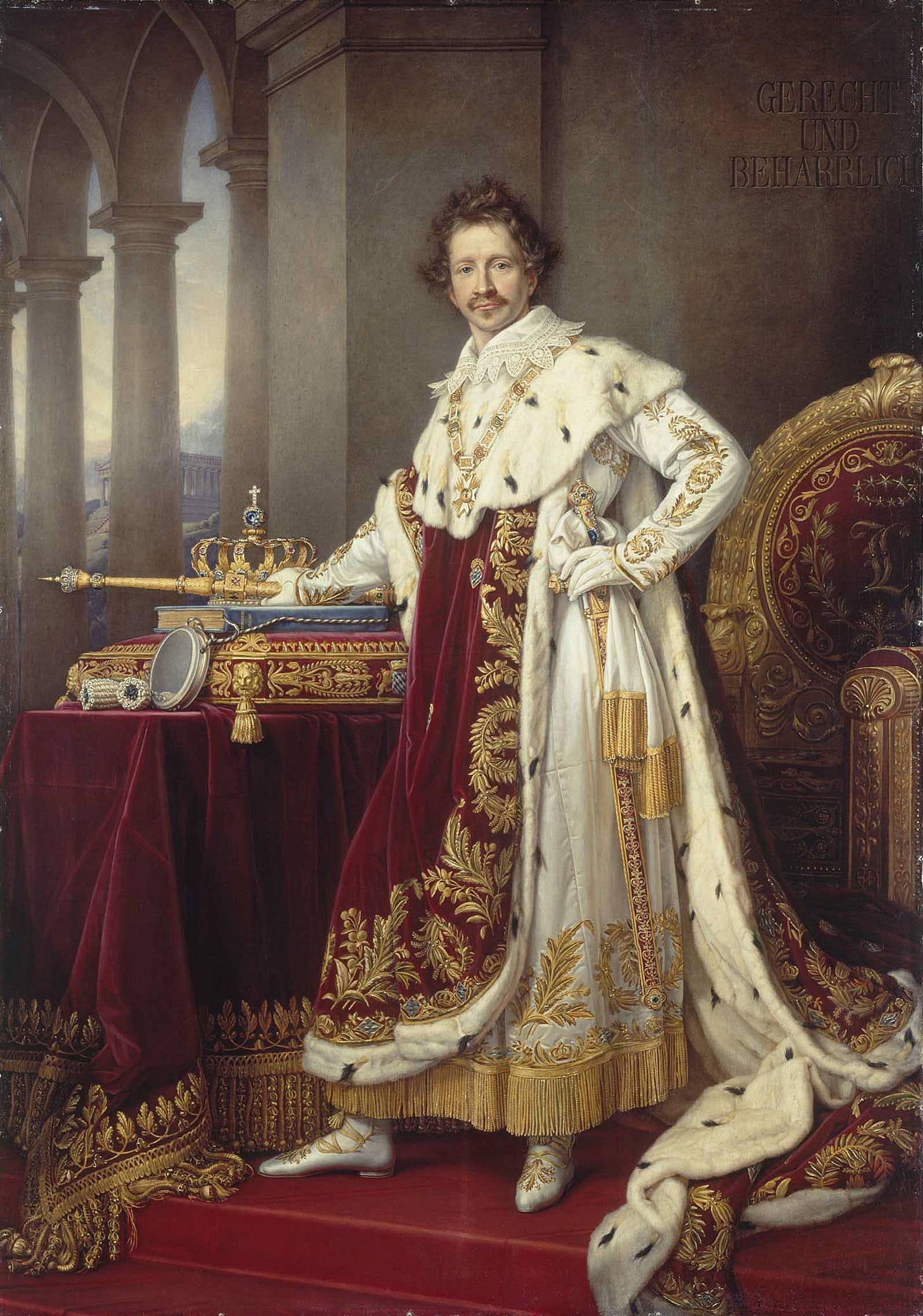
In 1846, she caught the eye of King Ludwig I of Bavaria, a patron of the arts known for his appreciation of female beauty. Ludwig was instantly smitten. Within months, Montez had become his latest (he had many affairs) official mistress and was granted Bavarian citizenship as Countess of Landsfeld.
But times were changing in Bavaria, and the Ultramontanes were pushing to reestablish Bavaria as a Catholic sovereignty over the Protestant state it had grown into. The conservative Catholic establishment, already scandalized by her relationship with the king, became increasingly alarmed at her political influence. Students at the University of Munich, who initially supported her liberal stance, turned against her.
Which led to an uprising.
The uprising at the University fanned the flame of revolt and pushed Ludwig to banish Montez and later abdicate his throne to his son, King Maximilian II.
Montez fled Bavaria, eventually making her way to America, and Ludwig, stripped of his crown, lived another twenty years as a private citizen.
The Spider Dance
The Spider Dance became Montez's signature performance. The premise was simple, Montez would appear on stage in a dress adorned with deep pockets, pretending to discover spiders crawling on her clothing. In an increasingly frenzied state, she would search for the imaginary arachnids, lifting her skirts higher and higher while performing wild pirouettes and kicks.
To audiences, the dance was both shocking and mesmerizing. While some critics denounced it as vulgar, others praised its dramatic intensity. The performance made Montez infamous across Europe and later in America, where she would tour to mixed reviews but consistently packed houses.
But there were many other reasons Lola Montez was seen as infamous, like when she was arrested in New Orleans:
The story of Lola Montez remains one of the most fascinating tales about how society may have a path laid out for your ancestor—but your ancestor was quick to say no and do their own thing.
Her Spider Dance, which began as a provocative theater piece, became a metaphor for her career and life. This dangerous performance enthralled audiences while ultimately bringing about her own downfall.
In many ways, Montez was ahead of her time—a woman who used brains, sexuality, fearlessness, and scandal as tools of empowerment. She refused to be bound by the conventions of her era and strived to be authentically herself. While her methods may have been controversial, her impact on cultural and political history is undeniable.
The Spider Dance may have shocked Victorian sensibilities, yet it helped pave the way for more liberated forms of artistic expression in the centuries to come. Lola Montez may have been shocking and irreverent, but her tenacity showed younger generations that there was more out there than the path initially presented to them by social rules.
Today, Lola Montez is remembered not just as a scandalous dancer or a royal mistress but as a woman who dared to challenge her time's social and political norms, even if it meant dancing her way straight into exile. Her story lives on in television, film, books, and news articles.
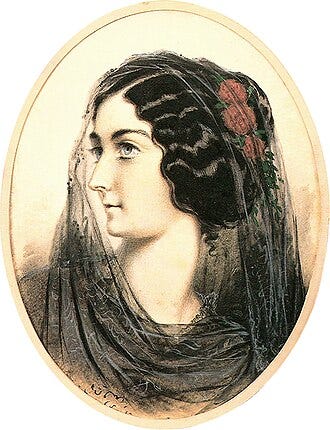
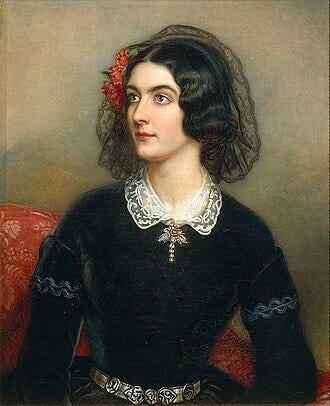
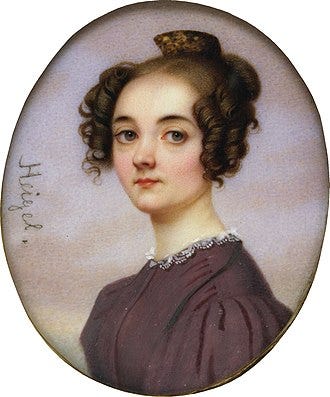
How to Research Notorious & Naughty Ancestors
So, maybe you're not the long-lost relative of Lola Montez, but that doesn't mean you don't have scandal hidden in your family tree. For generations, we have been taught to look the other way and not discuss ancestors who may have been controversial. This mandated silence leads to a lack of information and understanding why your ancestors acted the way they did.
This leaves you wondering, how can I learn more about my ancestors who didn't follow the rules?
Historical Newspapers are a great place to start, because infamous people make good copy:
- Look for scandal sheets and tabloids of the era (1800s-early 1900s)
- If they were performers like Lola Montez, check theater reviews and entertainment columns
- Police reports and court records often appeared in papers
- Society columns can reveal social connections
- Try newspaper archives like:
* Chronicling America (free Library of Congress database)
* Newspapers.com
* British Newspaper Archive
* Trove (Australian newspapers)
Theater and Entertainment Records
- Entertainment license applications
Part of family history research is uncovering the true stories of our ancestors, including those who may not have lived up to the social standards of their time. Notably, women who lived lives as boldly as Lola Montez left a mark on society and a paper trail for her ancestors to follow.
Follow me on TikTok, Instagram, Facebook, and BlueSky to join the conversation. Visit me at GenealogyByAryn.com & check out my Shop!










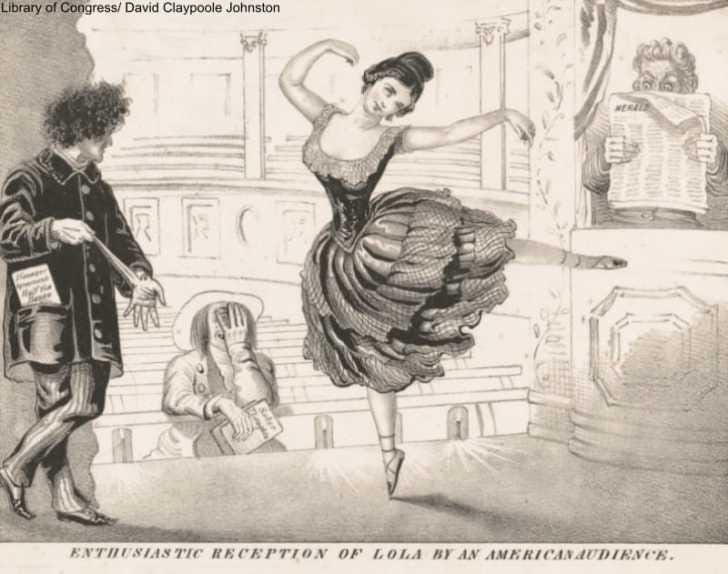

Lola came to the goldfields of Australia and my hometown of Ballarat. From the Australian Dictionary of Biography: “She opened at Ballarat on 16 February [1856] in a series of sketches; greeted by packed houses she invited miners to shower nuggets at her feet as she danced. The Ballarat Times attacked her notoriety; Lola retaliated by publicly horsewhipping the editor, Henry Seekamp, at the United States Hotel. On 21 February he published another critical article; she swore a warrant for his arrest on a charge of criminal libel but failed to appear when the case came up for trial. She had meanwhile been assaulted by the wife of her goldfields impresario and took a full month to recover. From 1 April Lola successfully toured Bendigo, Castlemaine and other Victorian towns, then sailed with Folland for San Francisco. Near Fiji on the night of 8 July he was lost overboard: no official investigation seems to have followed.” Michael Cannon, 'Montez, Lola (1821–1861)', Australian Dictionary of Biography, National Centre of Biography, Australian National University, https://adb.anu.edu.au/biography/montez-lola-4226/text6815, published first in hardcopy 1974, accessed online 12 November 2024.
Love this, Aryn! I have to say that a scandal, overlooked by my genealogical ancestors has fueled my research since day one. Great tips here for research—plus a terrific story! Thank you 😊